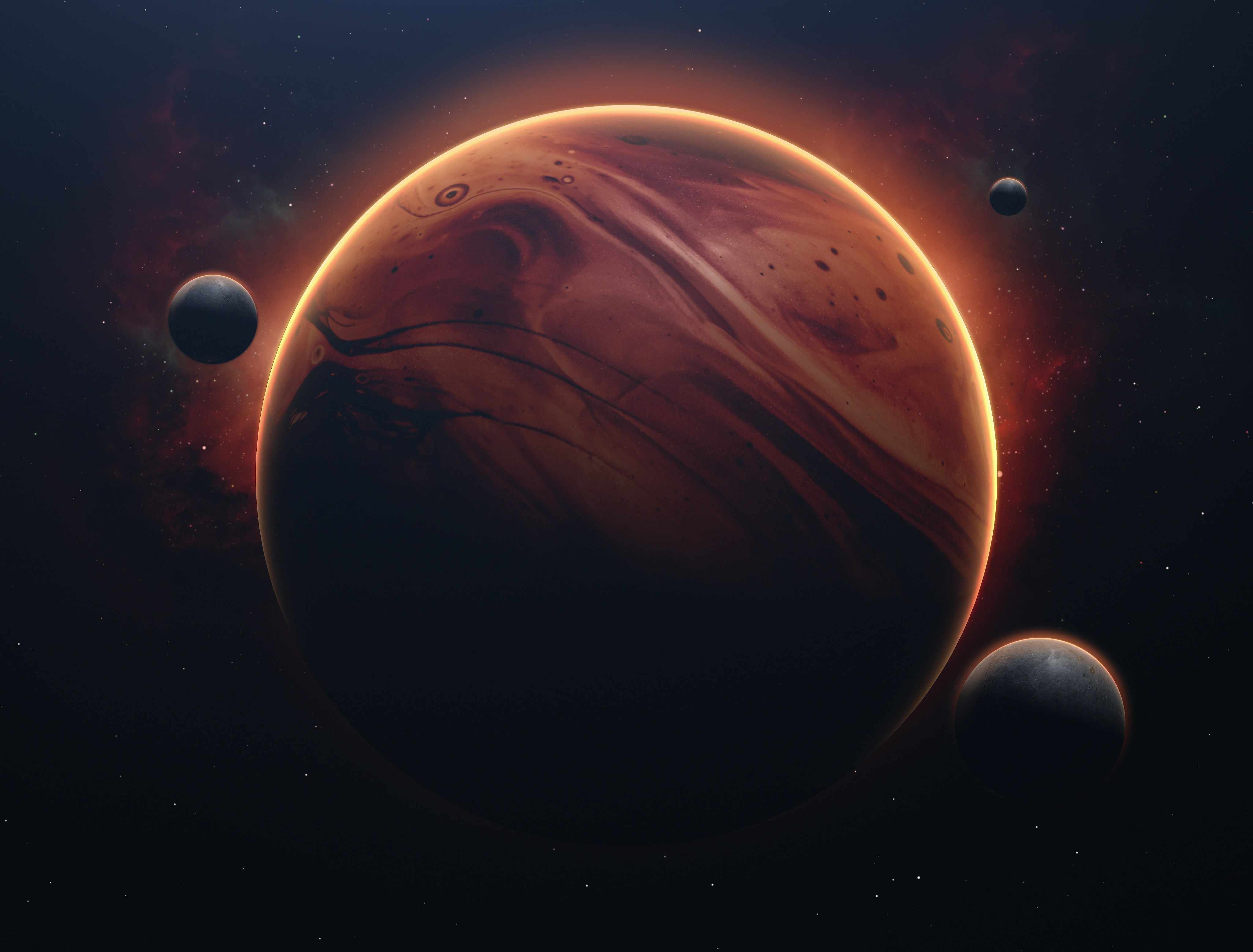How well do you know our solar system?
Our solar system is an extremely interesting and dynamic entity, which includes the Sun and all the celestial bodies that move around it, influenced by its strong gravitational pull. The Sun, a middle-aged star, provides the energy that supports life on Earth. About 8 planets, along with their satellites, dwarf planets, asteroids, comets and other small bodies, make up our solar system.
The exploration of our solar system, both through space missions and observations from Earth, constantly reveals new mysteries and possibilities, allowing scientists to better understand the creation of the universe, as well as the conditions that make life possible on our planet. So let's look at some things that have been discovered and that you may not have known about our solar system:
- Saturn's Rings Are Not the Only Ones. Saturn's rings may be the most famous, but other planets, such as Jupiter, Uranus, and Neptune, also have rings. Of course, they are much fainter and harder to observe from Earth.
- Pluto has a very strange orbit, which is much more eccentric than the other planets, causing it to approach and move away from the Sun in a dramatic way. This is the reason why it was demoted from the planet category.
- The Earth is not only round, but also slightly deformed. More specifically, it is slightly flattened at the poles and bulging at the equator (known as a "geoid shape").
- The atmosphere of Mars changes colors! It can turn red or orange due to dust and thin atmosphere. In reality, however, Mars appears that way from Earth, as it has many different colors over time.
- Jupiter has 80 known moons, some of which are as large as a small planet! Ganymede, for example, is larger than the planet Mercury and has more mass than our Moon.
- The Sun is not yellow, but white. Although the Sun appears yellow or orange from Earth, it actually emits white light. Earth's atmosphere scatters the shorter wavelengths of light, such as blue and yellow, creating the yellow appearance of the Sun.
- Venus' volcanoes are numerous and active. It has about 1,600 volcanoes that may currently appear "dormant," but scientists believe that some of them may still be active.
- The temperature on the Moon varies dramatically. In summer, it can reach 127°C, while in winter it can drop to -173°C.
- Our Solar System is constantly moving! In fact, it moves around the center of our Galaxy at a speed of about 828,000 km/h! This cycle takes about 225-250 million years to complete.
- Comets create no “starry” skies. Comets that pass close to the Sun leave behind various materials, such as dust and gases, which create the impressive “celestial phenomena” that we see as “debris” (or “comets”).
In conclusion, our solar system is full of mysteries and unknown phenomena that have or are waiting to be discovered. Each new exploration mission adds new knowledge and impressive data that allow us to better understand the world around us.

 English
English
 Ελληνικά
Ελληνικά Русский
Русский
 Original Article Posted by
Konstantis Karatzidis
Original Article Posted by
Konstantis Karatzidis






